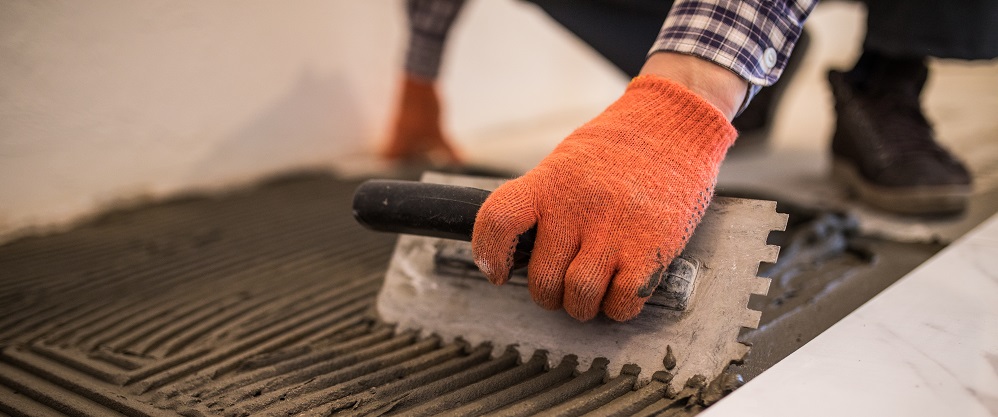NEW BUY-TO-LET PROPERTIES DRIVING UP STANDARDS FOR THE SECTOR
I recently tried to source a carpenter for a relatively small project in the house. I don’t know one personally so I did the usual thing of asking friends and neighbours if they could recommend a good local one. I compiled a short list and contacted them (some more successfully than others). Again, as per the norm, I finally manged to get a couple around for a quote. This took a little bit of time but thankfully I’m not in any great hurry. And I was even more thankful of this fact when they told me that the earliest they could do the work ranged from September to November.
I appreciate good tradesmen are hard to find but this did take me a little by surprise and it also got me thinking just how many people are having work done to properties at the moment, for a variety of reasons. In recent times, we’ve seen a greater emphasis on energy efficiency within properties and these are areas which homeowners and homemovers will continue to focus on. When it comes to the private rented sector, it’s fair to say that many landlords are also improving the energy performance of their properties and standards continue to rise across the board in terms of the quality and choice of homes being supplied to a variety of tenants.
As such, it was interesting to read Paragon’s new report ‘Driving Standards in the Private Rented Sector’ which highlighted how the standard of such properties has improved over the past 10 to 15 years. Since 2006, the portion of homes in the sector classed as ‘decent’ under government standards has increased from 53.2% to 76.7%. Overall, 3.6 million homes are now classed as decent, compared to 1.4 million in 2006. Over that same period, 1.4 million buy-to-let mortgages for house purchase have been approved.
Conversely, the number of homes classed as non-decent in the PRS has not reduced significantly, with 1 million homes categorised as non-decent today compared to 1.21 million in 2006. This suggests that the growth in new properties coming into the PRS over that period is driving up standards for the sector overall and diluting the stubborn proportion that remains non-decent.
In addition, the report also revealed that landlords spend an estimated £839m each year upgrading newly purchased rental property before letting it out to tenants. It added that nearly four in five (77%) invest in upgrading property after purchase, spending an average of £8,720 each. Based on the average number of buy-to-let mortgages granted each year since 2015, this spend would equate to a £839m annual investment in upgrading private rental stock.
The most common work undertaken is general painting and maintenance (67%), electric or plumbing work (44%), and laying new flooring (37%). A third of landlords (32%) install a new kitchen or bathroom, with nearly a quarter (24%) installing a new boiler or upgrading windows (23%).
Landlords have copped quite a bit of stick over the years when it comes to the quality of some of the properties on the market. Some of this is warranted but research like this really does underline the positive strides that an overwhelming proportion of landlords have made in recent years. Let’s hope this will continue for the foreseeable future.
Cat Armstrong - 08.06.2021 | Posted in

